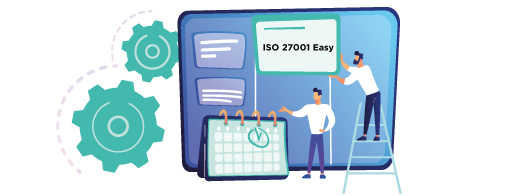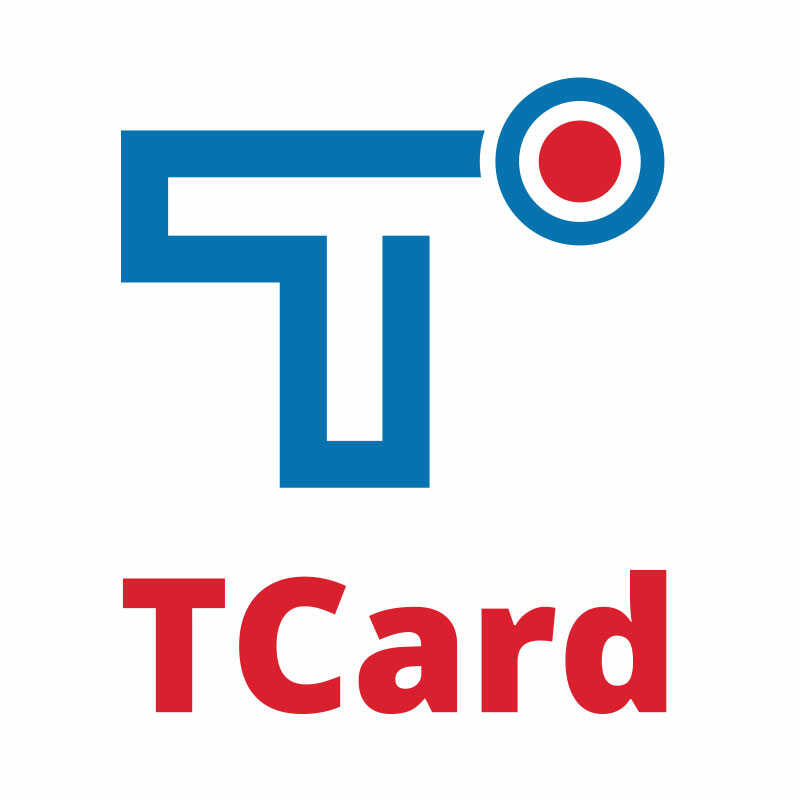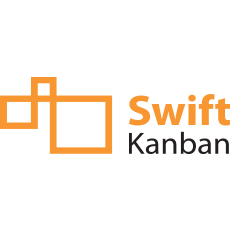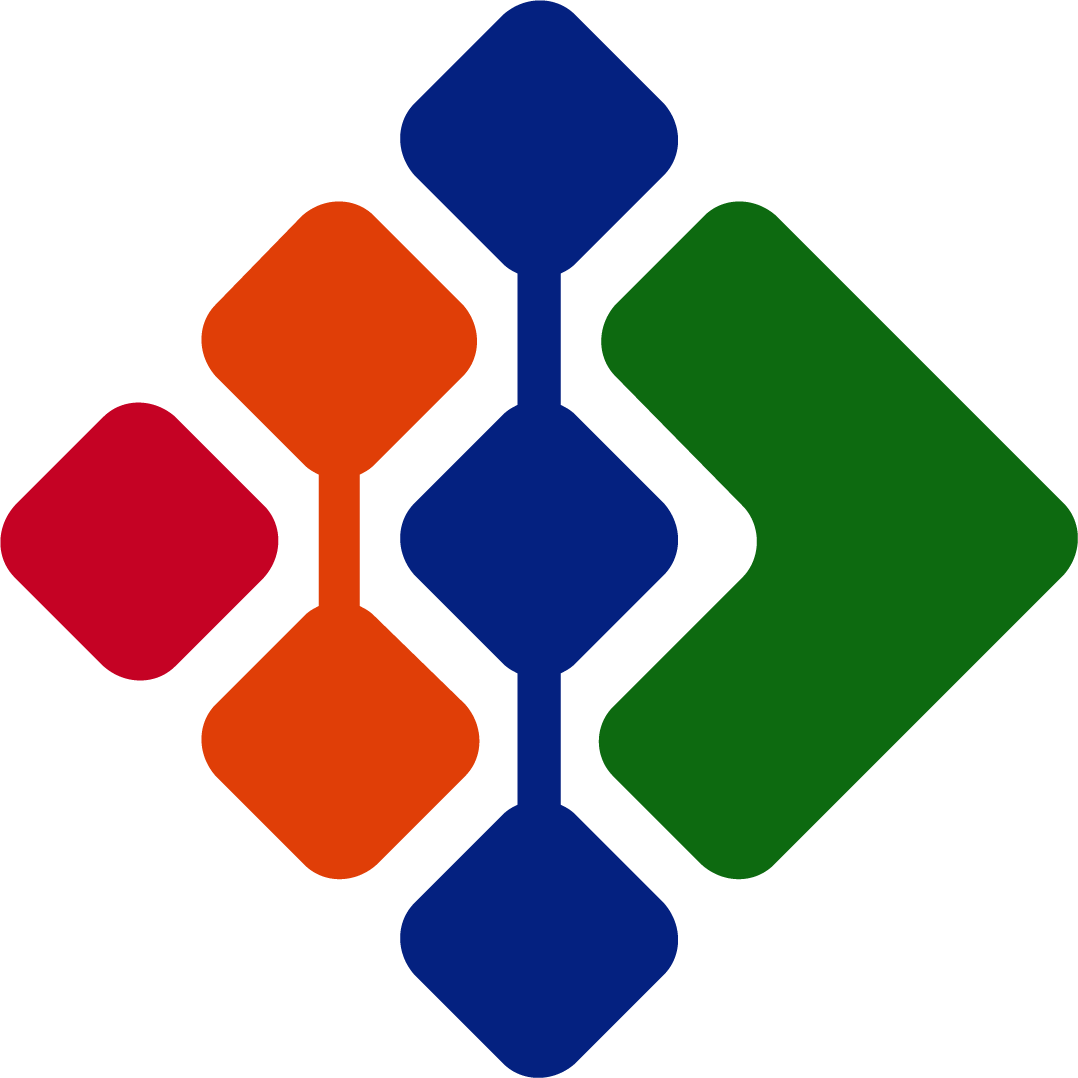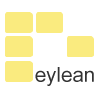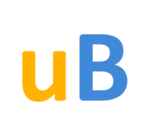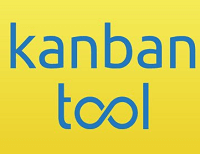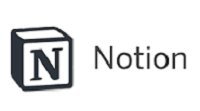What Are The Recent Trends In Kanban Tools?
Kanban solutions have grown in popularity over the last few years as a strong project management solution for teams across sectors. As the demand for these products grows, developers are continually improving and providing new features to satisfy the changing needs of consumers.
We will go over the top trends in Kanban tools that purchasers should be aware of before making a purchase.
1. Integration With Other Tools: One of the most recent trends in Kanban systems is deeper interaction with other popular productivity and collaboration applications. Buyers can now simply integrate Kanban boards with project management systems like Jira and Trello, communication tools like Slack, and file-sharing solutions like Dropbox. This enables seamless workflow management and information exchange, making it easier for teams to communicate and remain organized.
2. Mobile Accessibility: As more teams go to remote work, the demand for mobile accessibility has grown. Developers have responded to this trend by producing mobile apps for Kanban tools, which let users to manage their chores and projects while on the go. This has also cleared the way for real-time updates, which help teams stay engaged and on track.
3. Customization Options: Another trend among Kanban tools is an emphasis on customisation. Buyers may now personalize their boards to their individual needs by adding custom data, making their own templates, and customizing the look and layout of their boards. This level of customisation enables a more personalized and efficient workflow, according to the specific requirements of various teams and projects.
4. Analysis And Reporting: Data-driven decision making is becoming more prevalent in project management. To address this requirement, developers have included analytics and reporting capabilities in Kanban solutions. Buyers can now analyze important indicators, monitor progress, and generate reports to better understand their team's performance and identify areas for growth.
5. Artificial Intelligence (AI) Integration: As AI technology evolves, it has found its way into Kanban tools. With AI integration, these products may now assist users in work prioritizing, resource allocation, and forecasting. This saves time and effort while also increasing project efficiency and accuracy.
Benefits Of Using Kanban Tools
Kanban tools are gaining popularity in the field of project management and workflow efficiency. These tools are intended to help teams and individuals view, track, and manage their work processes more efficiently and effectively.
We'll look at the advantages of adopting Kanban tools and how they may boost your productivity and overall workflow.
1. Visualize Your Work: Using Kanban tools allows you to visualize your work, which is one of the primary benefits. A Kanban board allows you to see all of your tasks, including their status and progress, in one spot. This provides you with a comprehensive picture of your workflow and identifies any bottlenecks or places for development.
2. Improve Communication And Collaboration: Kanban technologies help teams communicate and collaborate more effectively. A shared visual depiction of tasks and progress allows team members to immediately see how their work links to others and collaborate to guarantee a smooth flow of work.
3. Increase Efficiency And Productivity: The visual nature of Kanban tools enables a more ordered and simplified approach to work. This helps to lessen the likelihood of activities being neglected or forgotten, resulting in increased efficiency and production.
4. Flexibility And Adaptability: Kanban technologies provide a versatile approach to project management. The boards are simply customizable to meet your individual process and may be updated as your requirements evolve. This makes them useful for a wide range of businesses and applications.
5. Openness And Accountability: Kanban tools foster openness and accountability by keeping a clear and visible record of work progress. This provides for improved work tracking and ensures that team members understand their roles and deadlines.
6. Continuous Improvement: Kanban tools are built on the concept of continuous improvement. Regularly monitoring and analyzing your workflow allows you to find areas for improvement, make changes, and optimize your processes for better results.
7. Simple To Use And Accessible: Because most Kanban solutions are user-friendly and require little training, teams can quickly embrace them. They are also available via any device with an internet connection, allowing remote and scattered teams to collaborate easily.
Important Factors To Consider While Purchasing Kanban Tools?
When it comes to acquiring Kanban tools, there are various variables to consider to ensure that you make the best decision for your team and organization. By carefully considering these factors, you may choose the finest Kanban technology to assist your team increase productivity, cooperation, and efficiency.
1. Usability And UI: One of the most important elements to consider when selecting a Kanban solution is the ease of use and user interface. The tool should be simple and straightforward to use for all team members, regardless of technical ability. The user interface should be visually appealing, simple, and tailored to your team's specific requirements.
2. Integration With Other Tools: The Kanban tool's integration capabilities are also an important consideration. It should work effortlessly with any other tools your team is already using, such as project management software, communication tools, or time-tracking software. This will result in a more efficient workflow and less duplication of effort.
3. Customization Options: Each team has its own distinct approach and criteria. As a result, the Kanban solution you select should provide customization options for tailoring the board and cards to your team's specific requirements. This allows you to easily customize and adjust the tool to your team's workflow.
4. Collaborative Features: Effective collaboration is the foundation of Kanban approach. As a result, the tool you choose should include features that promote seamless communication and cooperation among team members, such as real-time updates, comments, and notifications. Additionally, it should enable team members to assign tasks and responsibilities, ensuring that everyone is on the same page.
5. Analysis And Reporting: To consistently improve your team's performance, you must have access to data and analytics. The Kanban tool should generate insights and reports on team productivity, cycle time, lead time, and other important metrics. This will allow you to detect bottlenecks and make data-driven decisions to improve your team's workflow.
6. Mobile Accessibility: In today's fast-paced business climate, having access to your Kanban board while on the go can be extremely beneficial to your team. As a result, it is critical to select a solution that provides mobile accessibility, whether via a mobile app or a responsive online interface.
7. Cost-Effectiveness: Finally, analyze the Kanban tool's cost-effectiveness. Evaluate the pricing plans and features provided by various tools to ensure you are receiving the greatest value for your money. Remember that a higher price does not always indicate a superior tool.
What Are The Key Features To Look For In Kanban Tools?
Kanban solutions are vital for companies trying to streamline their process and boost efficiency. When picking a Kanban tool, there are several critical elements to examine to guarantee that you are getting the ideal tool for your team's needs.
Here are the key qualities to look for in Kanban tools:
1. Customizable Kanban Boards: A decent Kanban application should allow you to tailor your boards to your team's unique workflow and processes. This flexibility will help your staff keep organized and focused on the work at hand.
2. Real-Time Updates And Collaboration: Look for a Kanban application that has real-time updates and collaboration capabilities. This enables your team to collaborate in real time, making it easier to track progress and make changes as needed.
3. Task Management: The fundamental function of a Kanban application is to organize tasks and projects. Look for a program that displays tasks visually and allows you to add descriptions, due dates, and assignees.
4. Integration With Other Products: Many teams utilize many applications for project management, communication, and task tracking. Look for a Kanban application that combines with these other technologies to help you optimize your workflow and eliminate duplicate labor.
5. Analytics And Reporting: A decent Kanban solution should include analytics and reporting tools that will allow you to track your team's progress and find areas for improvement. These insights can help you make data-driven decisions and improve your workflow.
6. Mobile Accessibility: In today's fast-paced work environment, you must be able to access your Kanban tool while on the go. Look for a mobile-friendly tool that will allow your team to stay connected and up to date even when they are not at their workstations.
7. User-Friendly Interface: A user-friendly interface is critical for ensuring that your team quickly adopts and adapts to utilizing the Kanban application. To reduce the learning curve, use a tool with an intuitive design and easy navigation. When assessing Kanban tools, consider these critical qualities to find the best tool for your team's needs and increase overall productivity and efficiency. Keep in mind that each team's needs may differ, so select a solution that best fits your team's specific workflow and processes.
Why Do Businesses Need Kanban Tools?
Kanban tools have become a vital component of enterprises, particularly those that use the agile methodology. These technologies give teams a visual and interactive approach to manage and track their work, making it easier to optimize processes and boost productivity.
Here are some reasons that firms need Kanban tools:
1. Visual Representation Of Work: Kanban tools describe tasks and their progress through an ordered system of cards, columns, and boards. This visual depiction allows team members to quickly assess the status of each activity, making it easier to spot bottlenecks and prioritize work accordingly.
2. Real-Time Collaboration: Kanban systems enable teams to collaborate in real time, regardless of physical location. This feature enables seamless communication, quick feedback, and efficient work delegation within the team.
3. Streamlined Process: Kanban technologies enable firms to develop a disciplined workflow that follows lean manufacturing concepts. This aids in decreasing waste, maximizing resources, and reducing the time and effort needed to perform a task.
4. Increased Focus And Accountability: Kanban tools instill a sense of ownership and accountability in team members. Everyone can see each other's projects and progress, which encourages people to remain focused and accountable for their work.
5. Flexibility And Adaptability: Businesses must be nimble in today's fast-paced environment, and Kanban solutions provide precisely that. These technologies enable teams to quickly react to changes, reprioritize tasks, and tweak workflows as needed to meet the ever-changing business demands.
6. Data-Driven Decision Making: Kanban technologies offer analytical insights and metrics to help teams analyze their performance and discover areas for development. This data-driven strategy enables firms to make educated decisions while continuously optimizing their processes.
Which Industries Can Benefit The Most From Kanban Tools?
Kanban tools are widely utilized across industries to boost production, efficiency, and organization. From manufacturing to service industries, these technologies have proven to be extremely versatile and successful in streamlining operations and improving outcomes. Now you might be asking which industries can benefit the most from Kanban products.
We'll look at the top industries where Kanban tools are most effective and how they might help you succeed.
1. Manufacturing Industry: Toyota developed Kanban tools to streamline their manufacturing process. As a result, it is not surprising that this industry has benefited the most from Kanban technologies. Manufacturers can use Kanban boards, visual signals, and other technologies to track and manage inventory, optimize production flow, and decrease waste. This leads to enhanced production, faster lead times, and, ultimately, more customer satisfaction.
2. IT Industry: IT teams work in a fast-paced, ever-changing environment that requires them to manage several projects and activities at once. When not handled properly, this can cause confusion and delays. Kanban solutions are perfect for the IT industry because they enable teams to see their workflows, prioritize tasks, and collaborate more efficiently. With real-time information, teams can simply monitor progress and identify bottlenecks, resulting in speedier delivery times and more customer satisfaction.
3. Healthcare Industry: Kanban tools are gaining popularity in the healthcare field, where efficient organization and workflow management are critical. Healthcare practitioners can enhance patient care and efficiency by utilizing these techniques. Kanban boards help manage patient flow and track medical supplies by providing a clear overview of tasks, deadlines, and progress updates. This leads to better patient outcomes and greater communication amongst healthcare personnel.
4. Retail Industry: The retail industry is known for its fast-paced, ever-changing environment, where meeting client demand is critical. Kanban tools can help retailers manage inventory, track sales, and refill products more efficiently. By implementing a Kanban system in their supply chain, businesses can ensure that the correct products are in stock at the right time, lowering the risk of stockouts or overstocking. This leads to higher client satisfaction and sales.
5. Service Industry: Kanban technologies can also help enterprises in the service industry, including marketing agency, consulting firms, and financial institutions. These technologies help teams prioritize activities, collaborate efficiently, and improve project management. Kanban boards enable service sector experts to ensure that projects are finished on time and under budget, resulting in enhanced client satisfaction and repeat business.
Conclusion
To summarize, selecting the appropriate Kanban technology for your team can significantly increase productivity, organization, and cooperation. Before making a decision, make sure to consider your individual objectives and goals, as well as the features and cost of various Kanban solutions. Remember to evaluate each tool's scalability, usability, cross-platform accessibility, and customer support.
Furthermore, thoroughly investigating customer evaluations and ratings might provide useful insights into other customers' real-world experiences. Take advantage of free trials and demos to gain direct knowledge with the tool before making a purchase. It is also critical to include your team in the decision-making process to ensure that the tool selected matches everyone's needs and preferences.
Investing in a Kanban solution can significantly improve your team's workflow and, ultimately, your company's performance. With the proper solution, you can streamline procedures, boost productivity and communication, and meet deadlines more successfully. We hope our buyer's guide has provided you with enough information to make an informed decision about which Kanban tool is ideal for your team.

